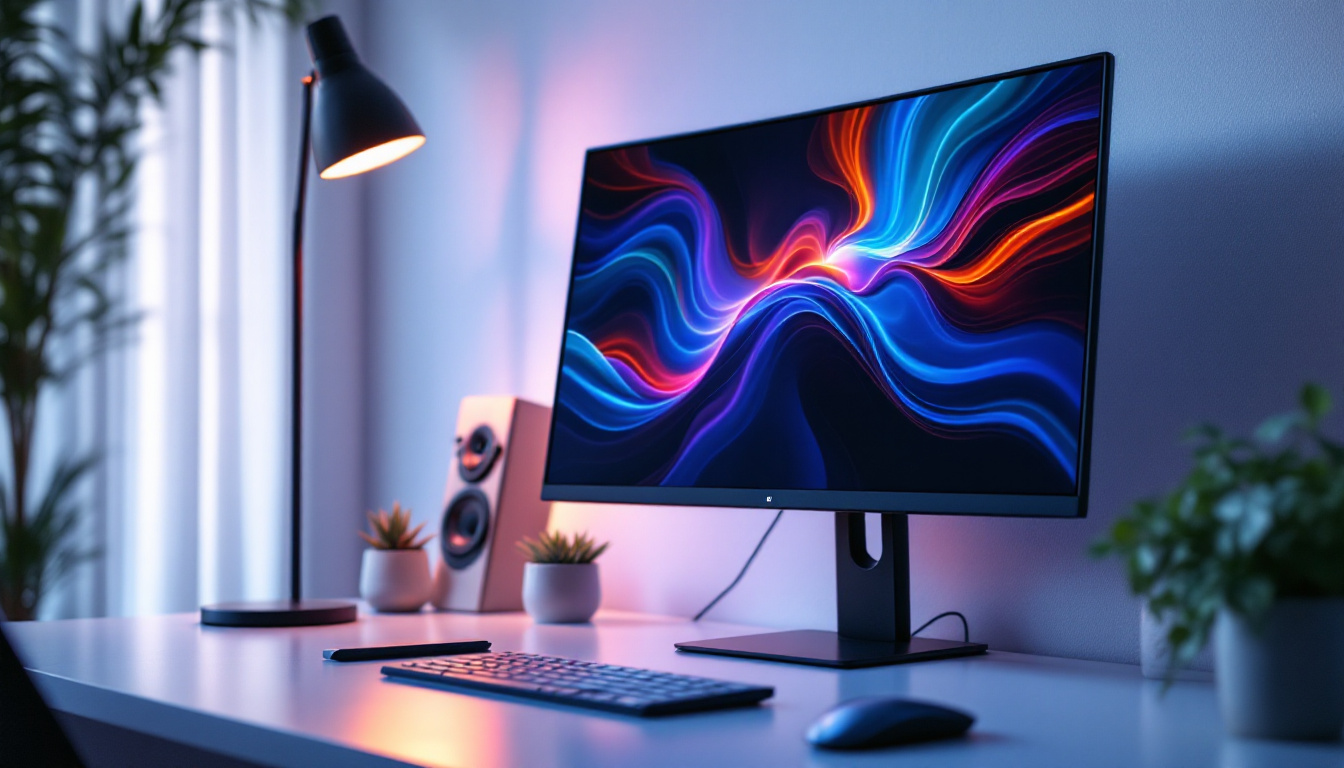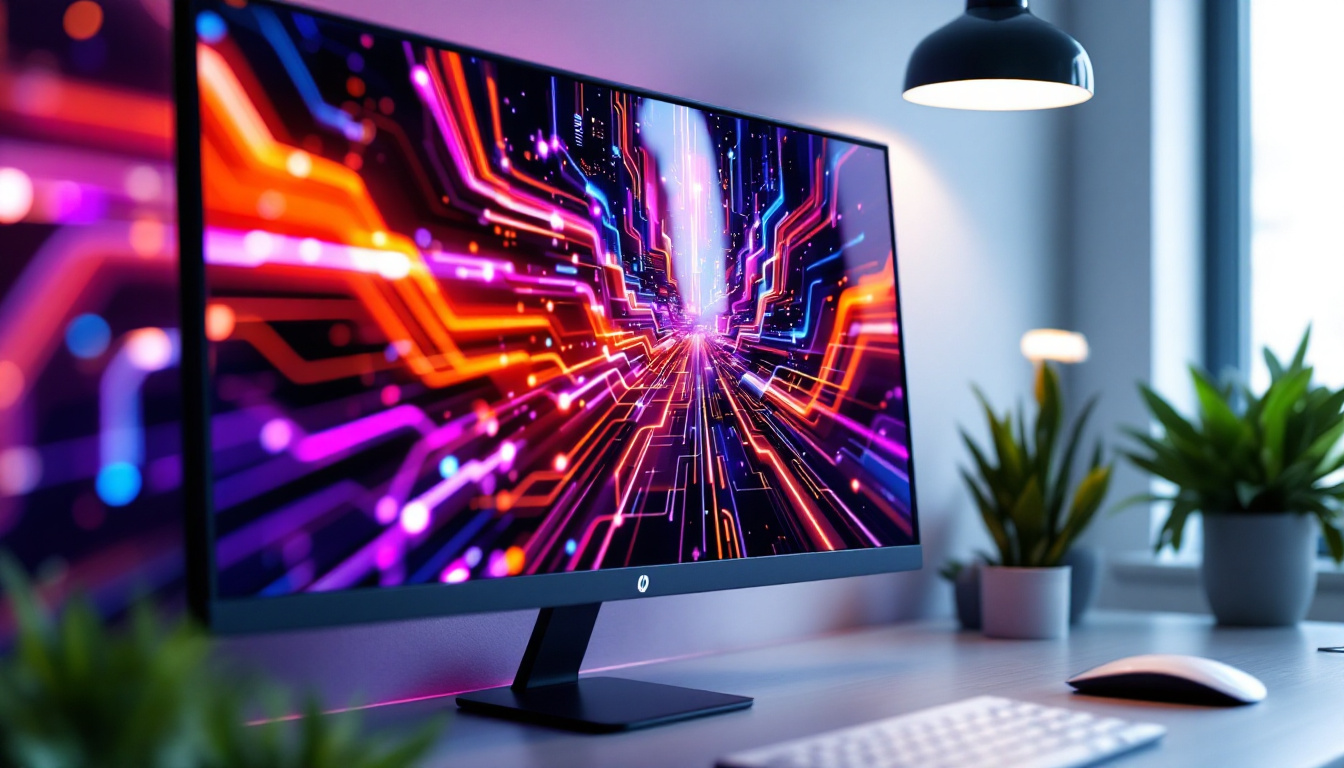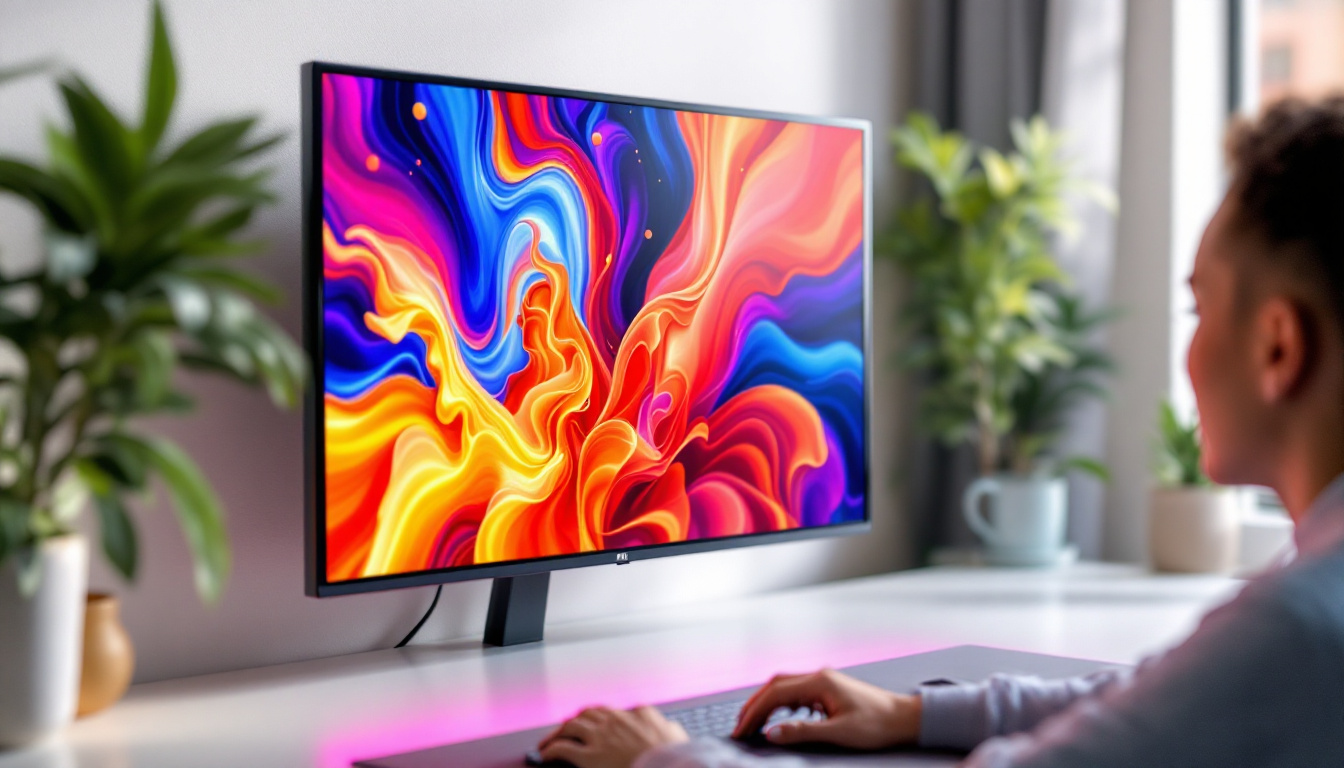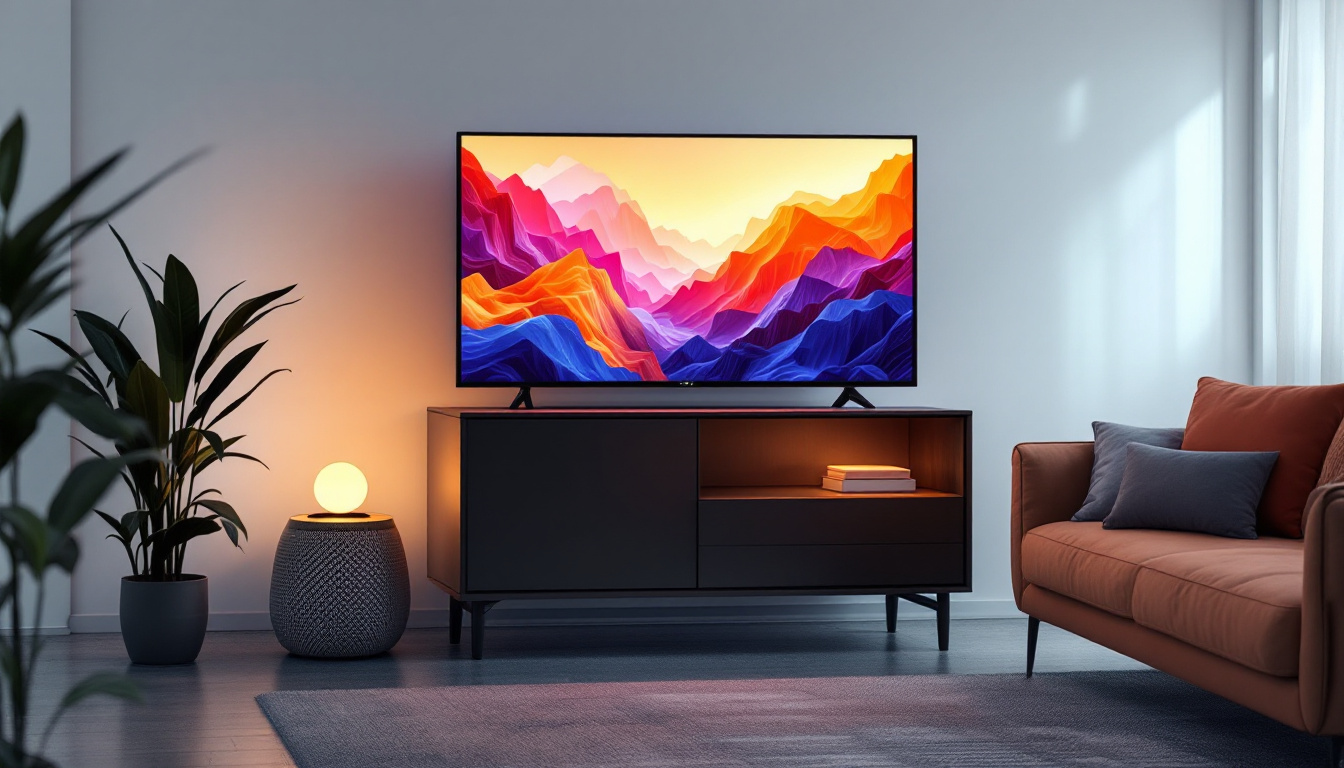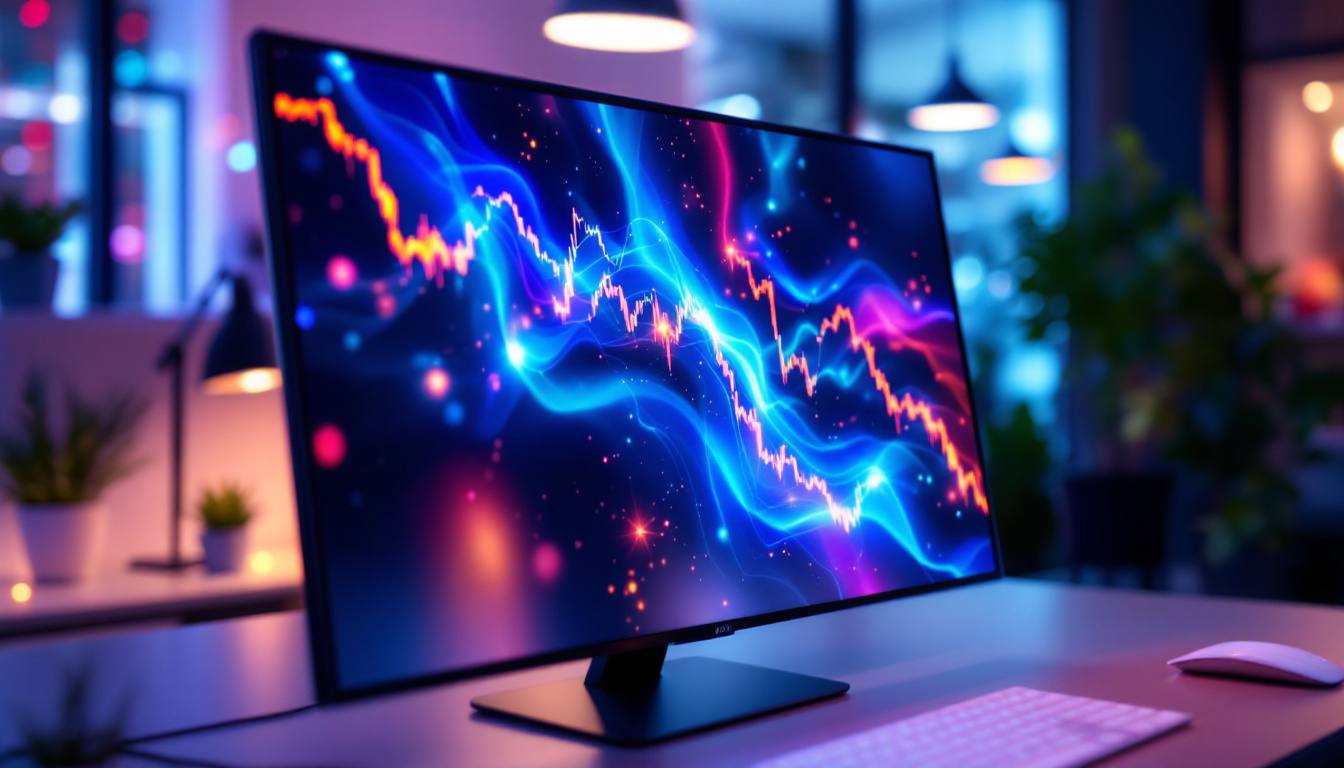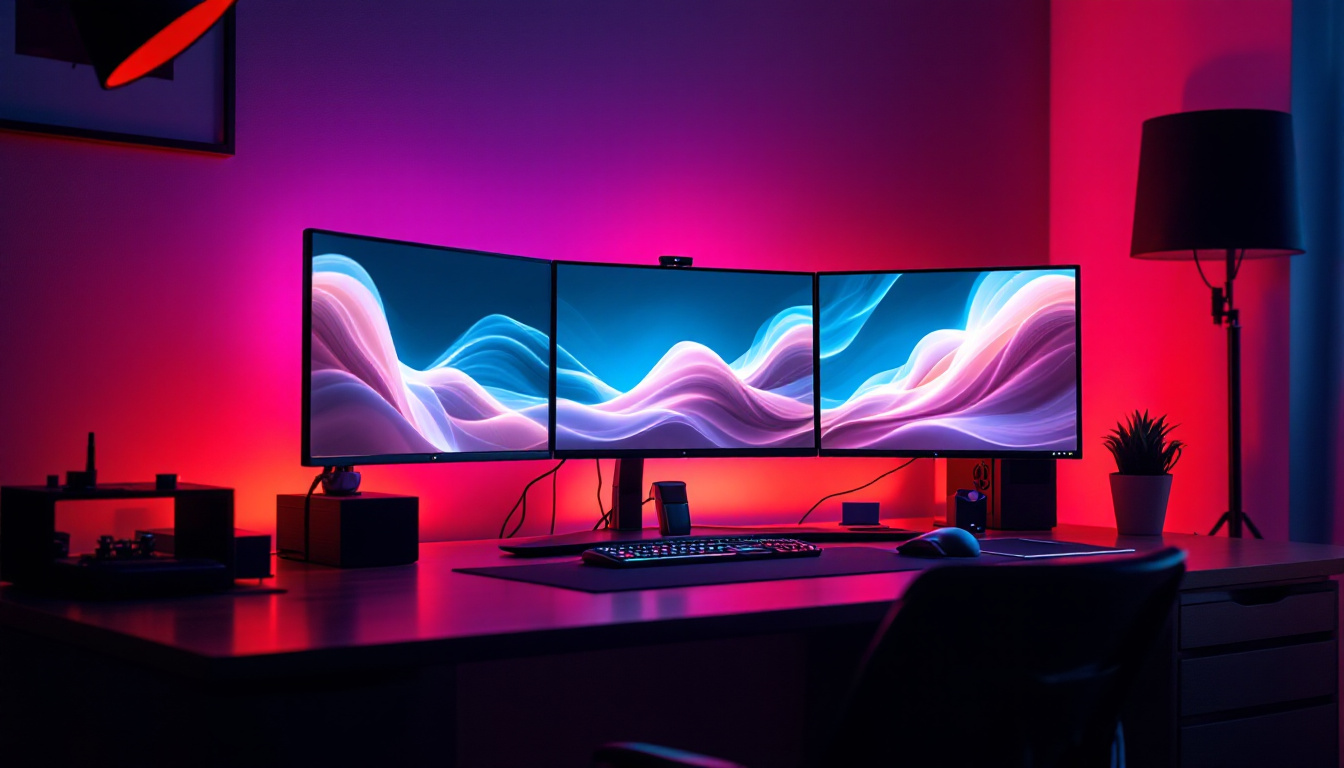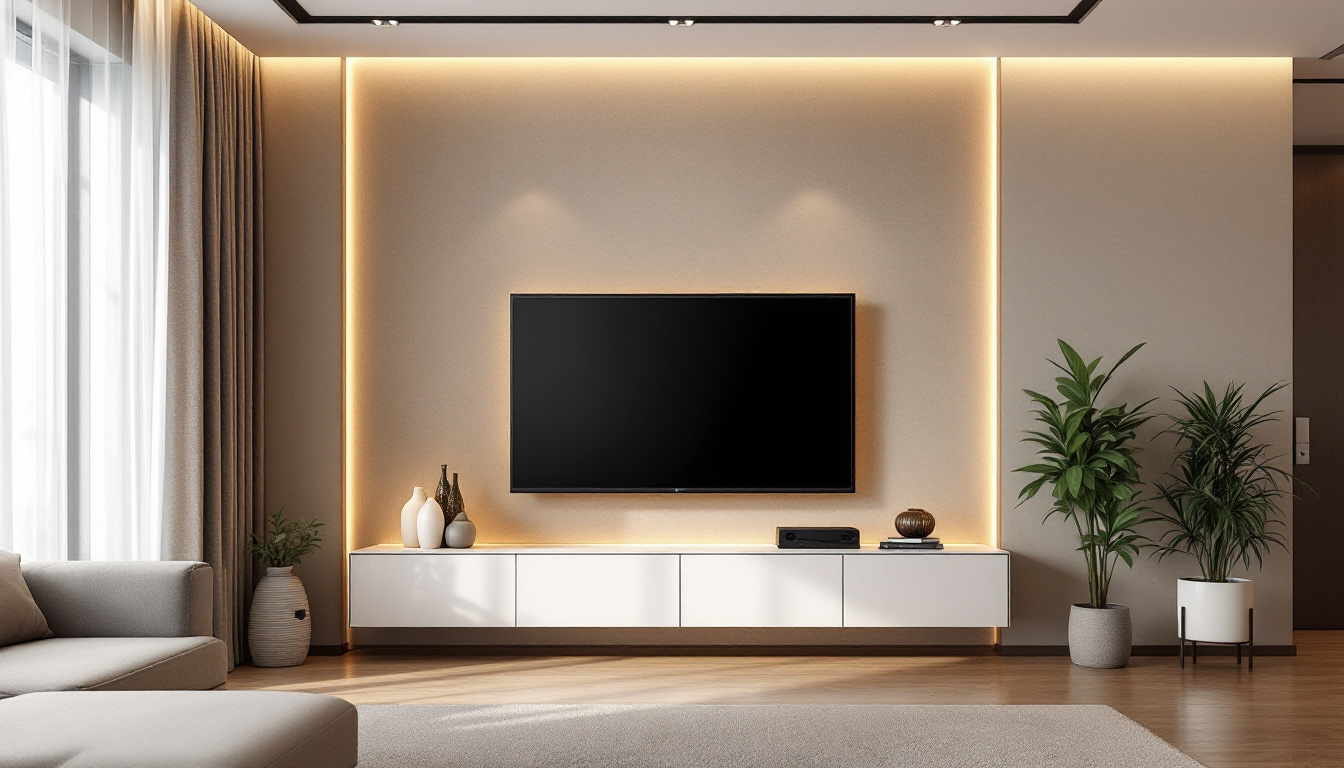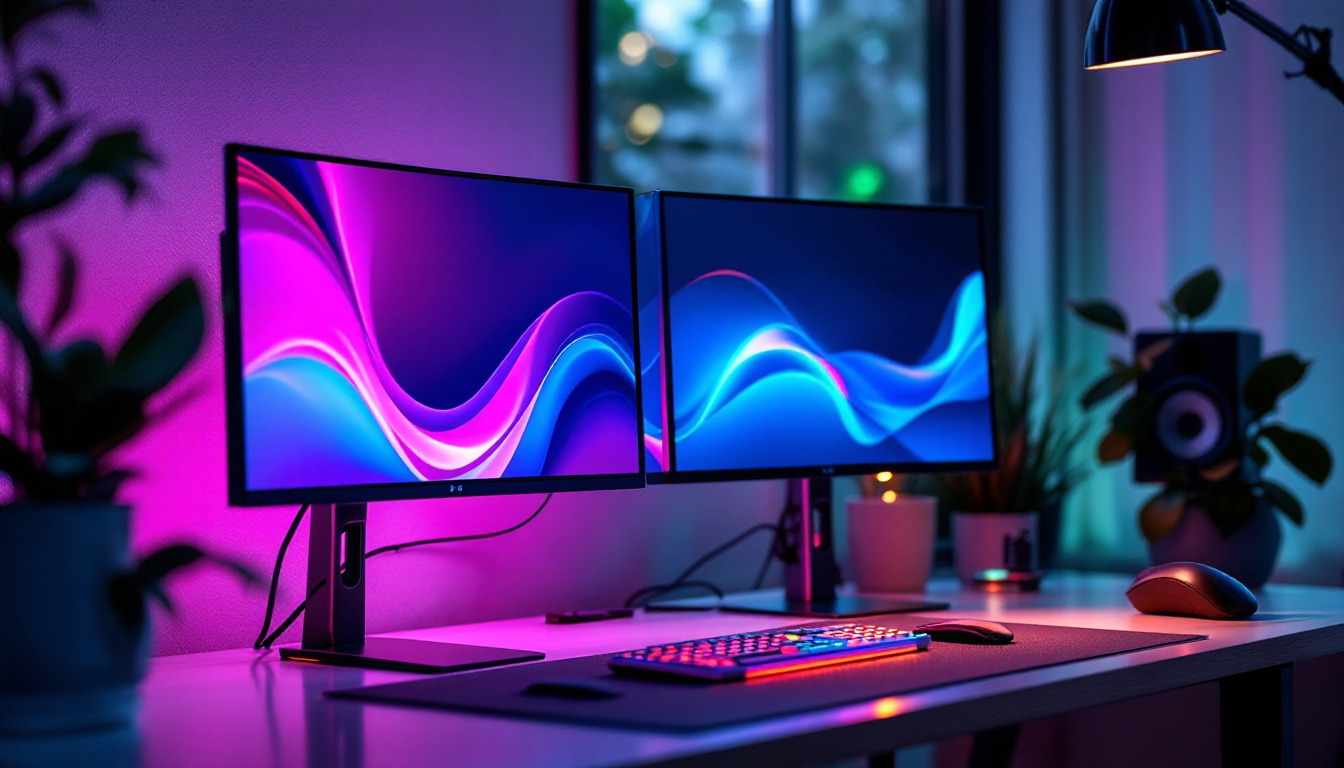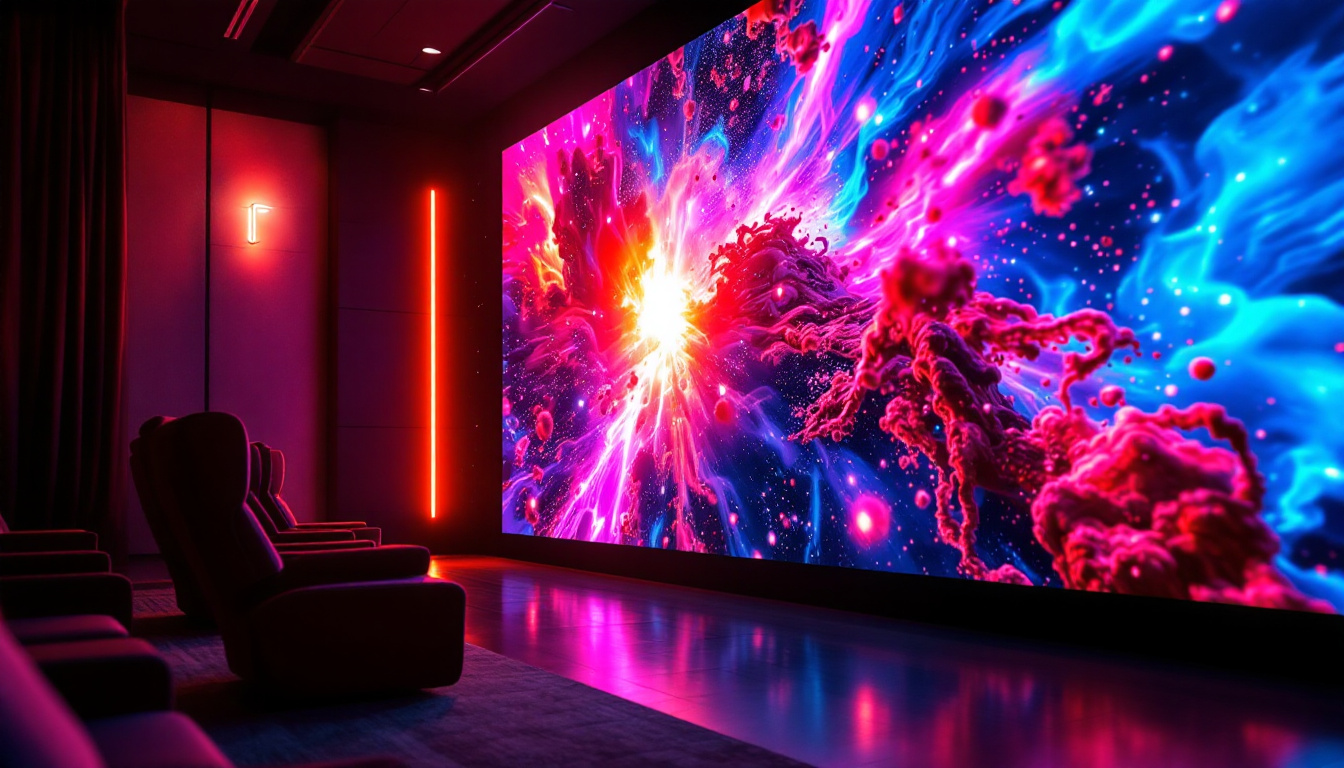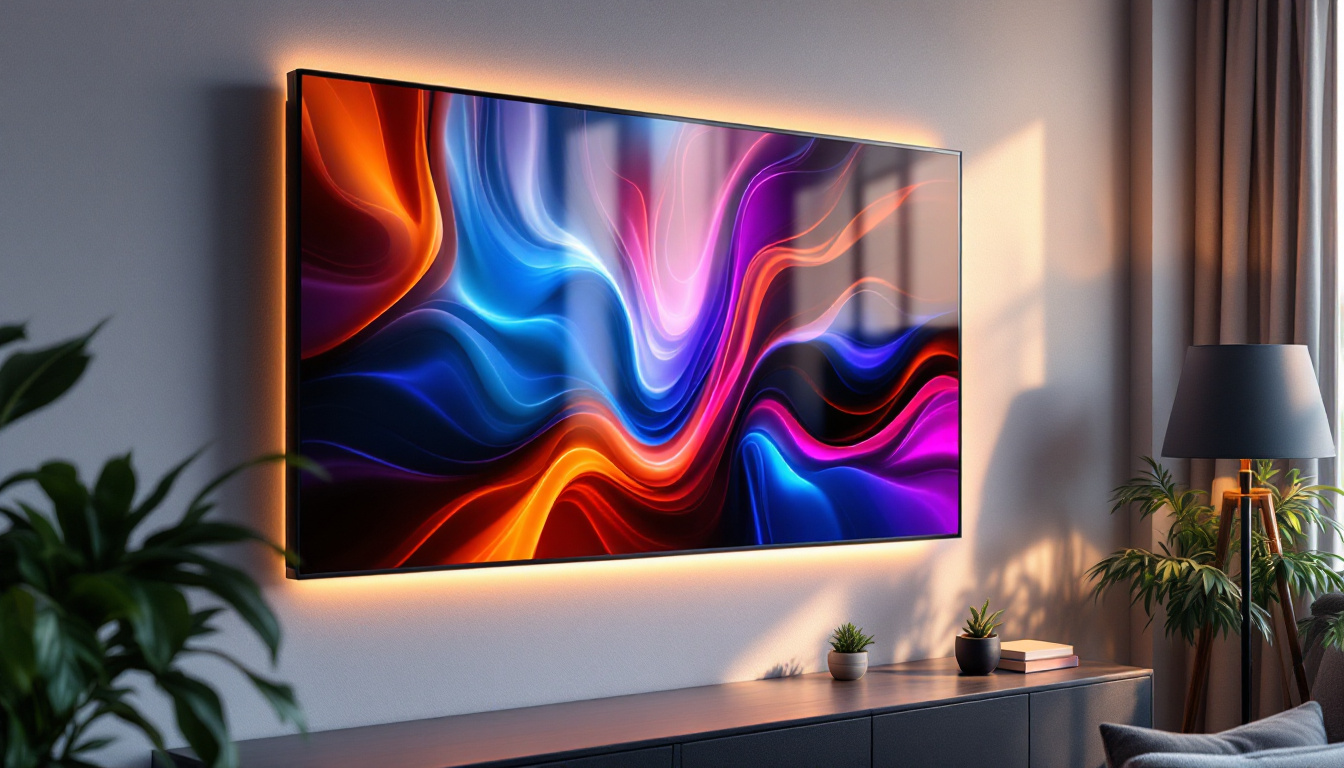In today’s digital age, monitors play a crucial role in our daily activities, whether for work, gaming, or entertainment. However, like any electronic device, monitors can encounter issues, particularly with their screens. Understanding the costs associated with monitor screen replacements, especially for LED displays, is essential for both consumers and businesses. This article delves into the factors influencing replacement costs, the types of LED displays, and tips for making informed decisions.
Understanding Monitor Screens
Monitors come in various types, with LED (Light Emitting Diode) displays being among the most popular. These screens offer vibrant colors, energy efficiency, and thin designs, making them a preferred choice for many users. However, their delicate nature can lead to damage, requiring screen replacements. The technology behind LED displays has evolved significantly over the years, allowing for improvements in color accuracy, refresh rates, and overall user experience. As a result, users can enjoy high-definition content with stunning clarity, whether they are watching movies, playing video games, or working on graphic design projects.
Types of LED Displays
LED displays can be categorized into several types, including:
- Edge-Lit LED: These displays use LEDs positioned along the edges of the screen, providing a slim design and decent picture quality. They are often lighter and more energy-efficient, making them ideal for portable devices.
- Direct-Lit LED: In this type, LEDs are placed directly behind the screen, resulting in better brightness and contrast. This setup enhances the viewing experience, particularly in brightly lit environments.
- Full-Array LED: This advanced technology features a grid of LEDs behind the screen, allowing for local dimming and superior image quality. Full-array displays are particularly favored by professionals in photography and video editing due to their ability to reproduce colors with remarkable accuracy.
Each type has its advantages and disadvantages, which can affect the overall replacement cost. Understanding these differences is vital for making an informed decision when a screen replacement is necessary. Additionally, as technology continues to advance, new types of displays, such as Mini-LED and MicroLED, are emerging, promising even greater performance and efficiency.
Common Issues Leading to Screen Replacement
Monitor screens can suffer from various issues that may necessitate a replacement. Some of the most common problems include:
- Cracks and Breaks: Physical damage from drops or impacts can lead to visible cracks, rendering the screen unusable. Even minor cracks can worsen over time, affecting the integrity of the display.
- Dead Pixels: A dead pixel appears as a black or white dot on the screen and can be quite distracting, especially for graphic designers and gamers. In some cases, multiple dead pixels can create a cluster that significantly detracts from the viewing experience.
- Backlight Failure: If the backlight fails, the screen may appear dark or flicker, making it difficult to use. This issue can often be mistaken for a complete screen failure, leading to unnecessary replacements.
Identifying the specific issue can help determine whether a screen replacement is necessary or if a repair might suffice. Regular maintenance, such as cleaning the screen and ensuring proper ventilation, can help prolong the life of a monitor and mitigate some of these common issues. Additionally, understanding warranty options and manufacturer support can provide valuable resources when facing screen-related problems, potentially saving time and costs associated with replacements.
Factors Influencing Replacement Costs
The cost of replacing a monitor screen can vary significantly based on several factors. Understanding these elements can help users budget effectively and avoid unexpected expenses.
Screen Size and Type
The size and type of the monitor screen are primary determinants of replacement costs. Larger screens generally cost more to replace due to the increased materials and labor involved. Additionally, the type of LED display can influence the price. For instance, full-array LED screens are typically more expensive than edge-lit models due to their advanced technology and superior image quality. Furthermore, specialized screens, such as those with high refresh rates or 4K resolution, can further drive up costs as they often require more sophisticated components and manufacturing processes. Users should also consider the aspect ratio, as ultrawide monitors may have unique replacement screens that are less commonly available, potentially increasing the price even more.
Brand and Model
Different brands and models have varying replacement costs associated with their screens. High-end brands often charge a premium for replacement parts, while budget brands may offer more affordable options. It’s essential to research the specific model to understand the potential costs involved in a screen replacement. Additionally, some manufacturers have exclusive agreements with parts suppliers, which can limit availability and inflate prices for certain models. Users should also be aware of warranty implications; some brands may void warranties if non-original parts are used, making it crucial to weigh the cost of genuine parts against the risks of using third-party alternatives.
Labor Costs
Labor costs can also play a significant role in the overall expense of a screen replacement. If a user opts for professional repair services, they should factor in the technician’s fees, which can vary based on location and the complexity of the repair. DIY repairs may save on labor costs but require a certain level of technical skill and tools. Additionally, users should consider the time investment involved in a DIY approach, as troubleshooting and successfully replacing a screen can be time-consuming. Some users may find it beneficial to watch tutorial videos or consult forums for guidance, but this can still lead to unforeseen challenges, especially with modern monitors that have intricate internal designs. Moreover, the availability of repair kits and specific tools can also affect the overall cost and feasibility of a DIY repair, making it essential to do thorough research before proceeding.
Average Costs for Monitor Screen Replacement
While the costs can vary widely, understanding the average expenses associated with monitor screen replacements can provide a helpful benchmark. Here’s a breakdown of typical costs based on screen size and type.
Small to Medium Monitors (up to 24 inches)
For small to medium-sized monitors, the average replacement cost typically ranges from $100 to $250. This price includes both parts and labor if a professional service is used. Edge-lit LED displays tend to be on the lower end of this spectrum, while full-array models may approach the higher end due to their advanced technology.
Large Monitors (25 inches and above)
For larger monitors, replacement costs can soar, often ranging from $250 to $600 or more. High-end models, particularly those used for gaming or professional graphic design, may exceed this range due to their specialized components and features. Users should consider the potential cost of replacement against the price of a new monitor, which may offer better value in some cases.
High-End Displays
For premium monitors, such as 4K displays or professional-grade screens, replacement costs can be significantly higher, often exceeding $600. These monitors often utilize cutting-edge technology and materials that contribute to their high price point. Users should weigh the benefits of repairing versus replacing these high-end models, considering factors like warranty status and overall performance.
DIY vs. Professional Replacement
When faced with a damaged monitor screen, users often ponder whether to attempt a DIY repair or seek professional help. Each option has its pros and cons, and understanding them can aid in making the best choice.
Advantages of DIY Repairs
One of the primary advantages of DIY repairs is cost savings. By purchasing the necessary replacement parts and performing the repair independently, users can avoid labor costs associated with professional services. Additionally, many online resources, including video tutorials and forums, provide guidance for those willing to take on the challenge.
Disadvantages of DIY Repairs
However, DIY repairs come with risks. Without the proper skills or tools, users may inadvertently cause further damage to the monitor, leading to higher costs in the long run. Additionally, attempting a repair may void any existing warranty on the device, which could be detrimental if future issues arise.
Benefits of Professional Services
Professional repair services offer expertise and experience, ensuring that the replacement is done correctly. Technicians can quickly diagnose the issue and provide a reliable solution, often backed by a warranty on the repair work. This peace of mind can be invaluable, particularly for users who rely heavily on their monitors for work or gaming.
Preventing Monitor Screen Damage
While accidents can happen, taking proactive measures can help prevent monitor screen damage and reduce the likelihood of costly replacements. Here are some tips for maintaining monitor integrity.
Proper Handling and Placement
When setting up or moving a monitor, it’s essential to handle it with care. Avoid placing heavy objects on top of the monitor, and ensure it is securely mounted or placed on a stable surface. Using a monitor stand can also help elevate the screen and reduce the risk of accidental damage.
Regular Maintenance
Regular maintenance can extend the life of a monitor. Dust and debris can accumulate on screens, leading to scratches or reduced visibility. Cleaning the monitor with a microfiber cloth and appropriate cleaning solution can help maintain its appearance and functionality.
Using Screen Protectors
Consider investing in a screen protector designed specifically for monitors. These protective films can shield the screen from scratches, dust, and minor impacts, acting as a barrier against potential damage. While they may not prevent all types of damage, they can significantly reduce the risk of scratches and other superficial issues.
Conclusion
Understanding the costs associated with monitor screen replacements, particularly for LED displays, is crucial for making informed decisions. By considering factors such as screen size, type, and brand, users can better anticipate replacement expenses. Whether opting for a DIY repair or seeking professional help, weighing the pros and cons of each approach can lead to a satisfactory resolution. Additionally, taking preventive measures can help prolong the life of a monitor, reducing the likelihood of costly replacements in the future.
In a world where monitors are integral to daily life, ensuring their longevity through proper care and maintenance is essential. By staying informed and proactive, users can enjoy their monitors for years to come.
Explore Cutting-Edge LED Display Solutions
If you’re considering a monitor screen replacement or simply looking to upgrade your visual experience, LumenMatrix has you covered. As a leader in LED display technology, we offer a wide array of innovative solutions tailored to meet your needs. From captivating Indoor LED Wall Displays to dynamic Outdoor LED Wall Displays, and from versatile Vehicle LED Displays to sleek LED Poster Displays, our products are designed to revolutionize visual communication. Enhance your brand visibility and engage your audience like never before. Check out LumenMatrix LED Display Solutions today and take the first step towards creating unforgettable visual experiences.




